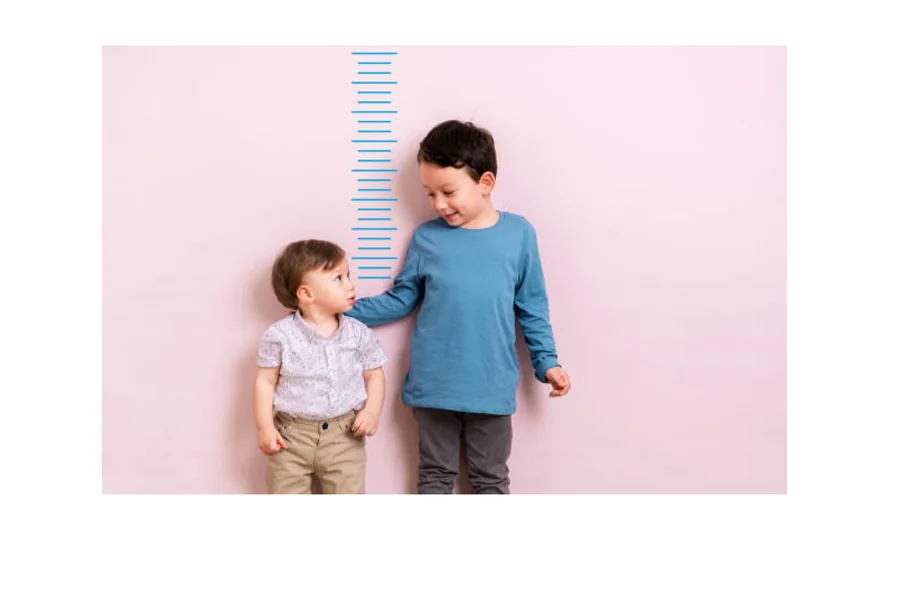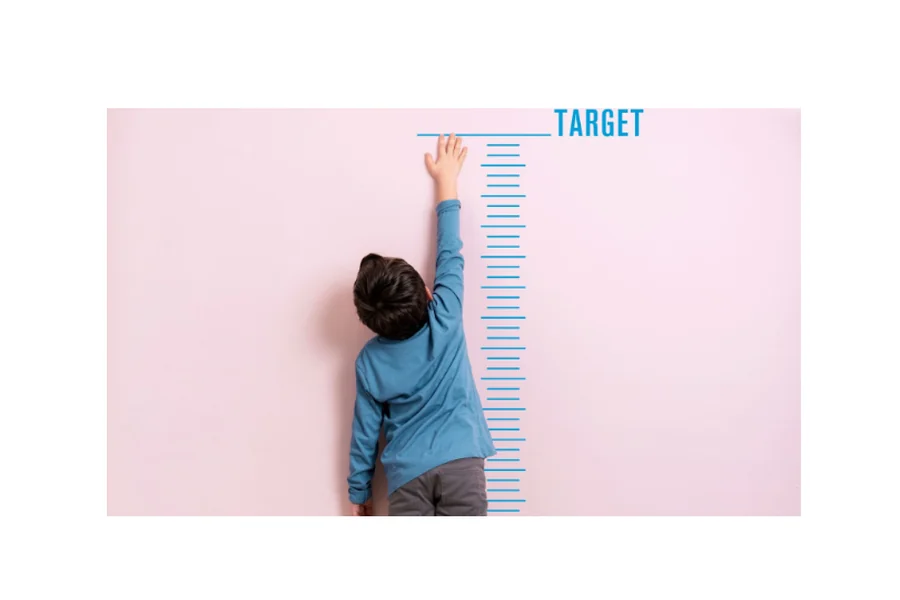When parents talk about their children, one of the most common questions is: “Is my child growing normally?”
This often leads them to search for the height and weight chart for kids, a tool that helps track growth patterns and ensures a child’s healthy development.
But behind those charts lies a deeper story—not just about health but also about love, patience, and understanding.
In this article, we’ll explore:
- What the height and weight chart for kids means
- How the CDC growth chart works
- Why every child grows at their own pace
- The emotional side of body image
- And how to support your child’s journey — both physically and emotionally
Raising a child isn’t about hitting exact numbers—it’s about nurturing them into strong, confident human beings.
What Is the CDC Growth Chart?
The Centers for Disease Control and Prevention (CDC) provides standardized growth charts used by pediatricians across the U.S. These charts help track a child’s height, weight, head circumference, and BMI over time.
They’re not meant to compare your child to others—they’re designed to determine whether your child is growing consistently and healthily.
Here’s an example of how these charts work:
| AGE | BOY’S AVERAGE WEIGHT (LBS) | GIRL’S AVERAGE WEIGHT (LBS) |
| 2 | 26–38 | 24–36 |
| 4 | 34–50 | 33–49 |
| 6 | 41–60 | 40–60 |
| 8 | 48–79 | 50–80 |
| 10 | 54–102 | 54–103 |
| 12 | 69–130 | 68–135 |
These are averages — real life doesn’t always follow the lines on a chart.
That’s why focusing on trends is important rather than individual numbers.

Understanding the Height and Weight Chart for Kids
The height and weight chart for kids breaks down what’s considered a “normal” range based on age and gender.
It uses percentiles to show where your child falls compared to others their age.
How Percentiles Work:
| PERCENTILE | MEANING |
| 5th | Smaller than 95% of kids |
| 50th | Right in the middle – average size |
| 95th | Taller/heavier than 95% of kids |
A child can be perfectly healthy at any percentile as long as it is growing steadily and eating well.
Let’s take a look at a general height chart for boys and girls:
Age
| AGE | BOY’S AVERAGE HEIGHT (INCHES) | GIRL’S AVERAGE HEIGHT (INCHES) |
| 2 | 34–39 | 33–39 |
| 4 | 38–43 | 37–43 |
| 6 | 42–48 | 42–48 |
| 8 | 46–52 | 46–53 |
| 10 | 50–56 | 50–57 |
| 12 | 55–64 | 55–64 |
Remember: genetics, nutrition, and activity levels affect how tall or heavy a child grows.
Emotional Side of Growth: Body Image and Confidence
As children grow, so do their feelings about how they look and feel. Many start comparing themselves to peers — and sometimes, even early on, develop insecurities.
“Why don’t I look like him?”
“I feel too short.”
“Am I too big?”
These are real questions kids ask — and they deserve thoughtful answers.
Parents play a huge role in shaping how kids view their bodies. Encouraging self-love, strength, and joy in movement can help build lifelong confidence — no matter where they fall on the height and weight chart for kids.
One parent shared:
“My son was always in the 5th percentile for height. We made sure he knew being small didn’t mean being less.”
That kind of support makes all the difference.
Factors That Influence a Child’s Growth
A child’s height and weight aren’t set in stone — many things affect their development.
| FACTOR | IMPACT ON GROWTH |
| Genetics | Strongest influence |
| Nutrition | Critical for bone and muscle growth |
| Sleep | Essential for hormone regulation |
| Physical Activity | Builds strength and coordination |
| Hormones | Can delay or speed up puberty |
| Stress | Chronic stress affects appetite and growth |
If a child seems to stall or jump suddenly, it may not be cause for concern — especially during growth spurts or major life changes.
Still, if you ever worry about your child’s development, talking to a pediatrician is the best first step.
Supporting Your Child Through Every Stage
Supporting your child’s growth goes beyond tracking charts and scales.
Here are some ways to help your child thrive:
- Encourage healthy eating without labeling foods as “good” or “bad.”
- Promote active play, not just structured sports
- Celebrate progress, not perfection
- Talk openly about bodies, including changes and differences
- Avoid comparisons between siblings or peers
- Praise effort, not appearance
“Your body is not a competition — it’s your home.”
Teaching children to respect and care for their bodies—regardless of size—builds a foundation of self-worth and emotional resilience.
Frequently Asked Questions (FAQ)
Q1: What is the height and weight chart for kids?
A: Based on CDC data, it’s a guide showing average ranges for children’s height and weight by age.
Q2: What does the CDC growth chart include?
A: It tracks height, weight, head circumference, and BMI for children from birth through age 20.
Q3: Should I worry if my child is below average?
A: Not necessarily — many healthy children fall outside the average range.
Q4: When should I talk to a doctor about growth?
A: If your child stops gaining weight, drops several percentiles, or shows signs of distress.
Q5: Can a poor diet affect growth?
A: Yes, a consistent lack of nutrients can slow development.
Q6: Do growth charts apply to all kids?
A: They are general guidelines. Premature babies, special needs children, or those with medical conditions may have different growth patterns.
Final Thoughts: Raising Healthy, Confident Kids
Tracking your child’s height and weight is part of parenting — but it shouldn’t define your child’s worth.
Every child deserves to feel strong, loved, and supported, whether they are tall, short, athletic, or still finding their rhythm.
“You are perfect the way you are — and growing into who you’re becoming.”
That message, spoken often and with love, can shape a child’s relationship with their body for life.
Follow for More Parenting Tips
Stay updated with expert advice, parenting stories, and child wellness updates:
| PLATFORM | ACCOUNT LINK |
| Healthy Kids & Families | |
| CDC Parent Resources | |
| Parenting and Wellness Boards | |
| YouTube | Child Development Channel |



